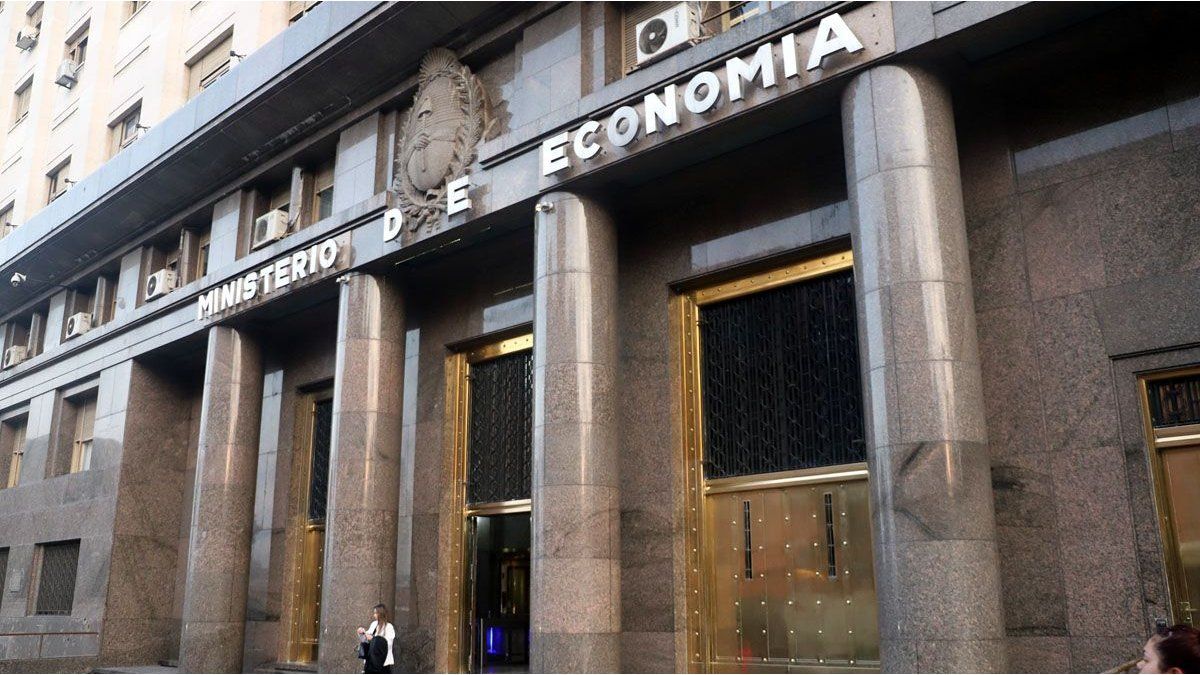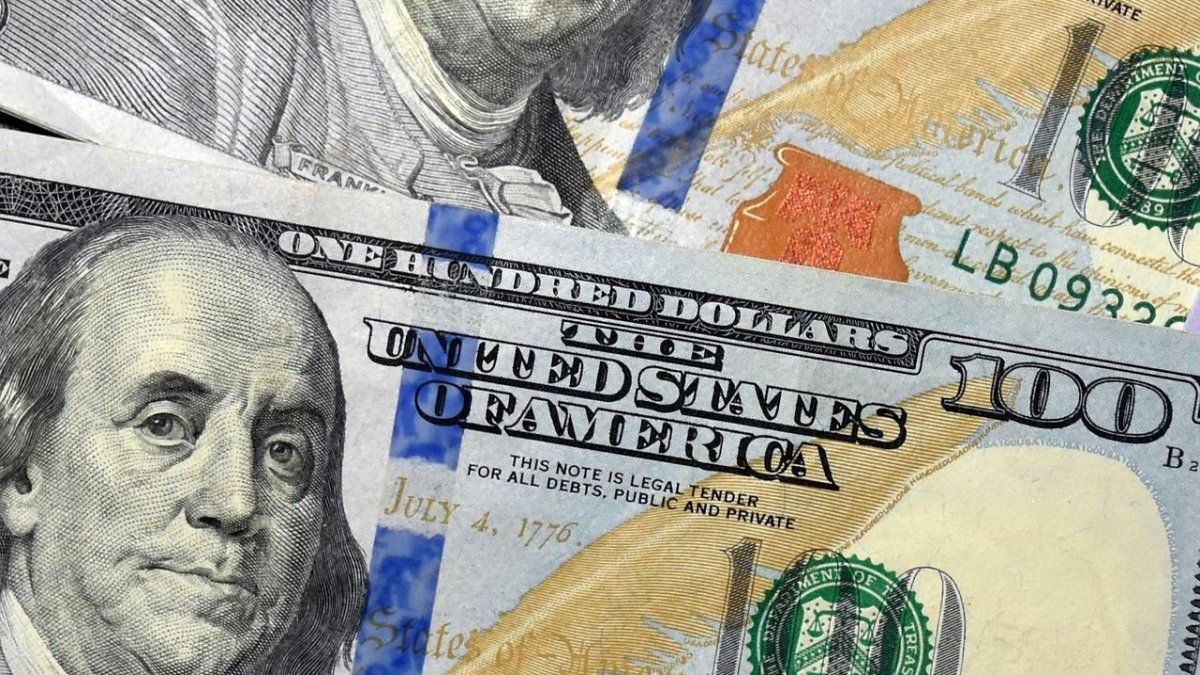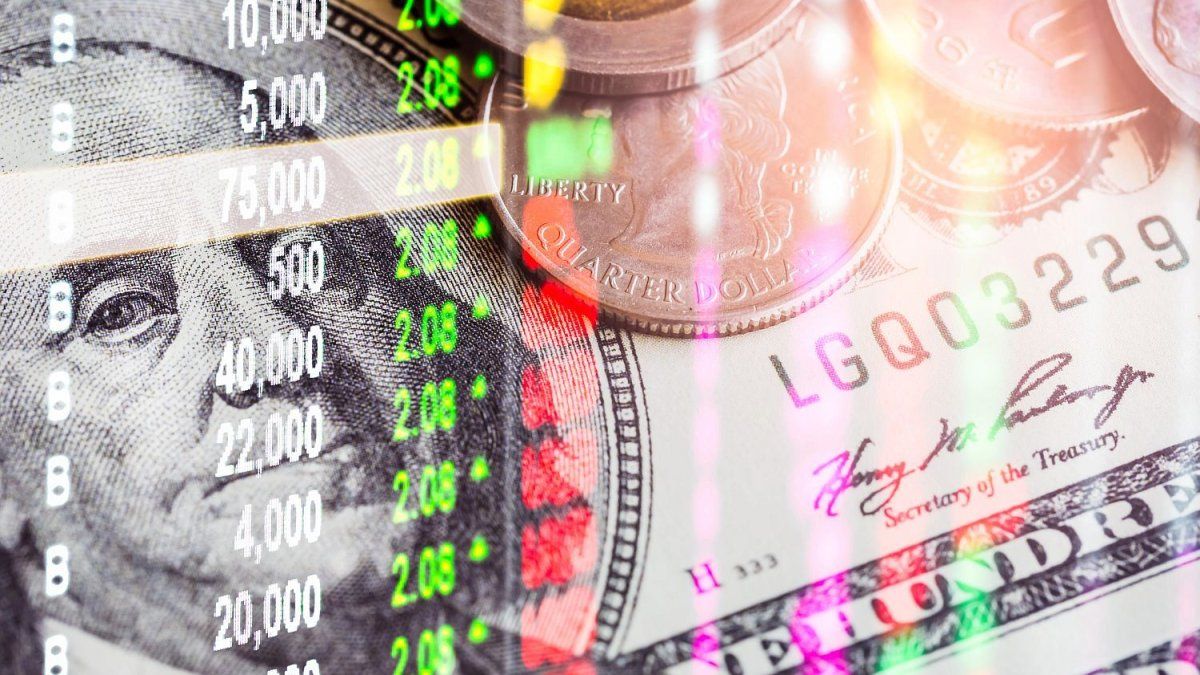Betting for a triumph of the ruling in the October legislative elections They consolidate in the city in the heat of the last surveys. However, even among the most optimistic operators a warning persists: the current economic course awakens Doubts about their sustainability and faces strong challenges on the exchange and monetary front.
In the market they estimate that A result close to 40% for the rulingas the last polls anticipate, it would grant greater economic calm to a government that seeks to expand its bank in deputies to block any initiative that puts the “unnegotiable” fiscal balance at risk.
In this regard, the Head Research of Criteria, Gustavo Araujohe pointed out that The Executive showed that he is “willing to play strong” and with “much discretion” When sending a clear signal to the banks in their intention not to allow the dollar to touch the upper part of the exchange band.
In this pre -election stage, the administration of Javier Milei is committed to keep the exchange rate at bayin an attempt to avoid an inflationary escalation and falls of the real salary prior to the elections, even when that implies resign consumption and stop the level of activitywhich would grow 5.5% this year, according to estimates of the International Monetary Fund (IMF).
From Dracma Investments indicated to Scope that surveys seem to indicate that the result will be “moderately good” for the government, and that It seems unlikely that there is a jump in the exchange rate of not taking a tendency in the relays of intention to vote.
Interest rates monopolize market looks
In recent days, interest rates occupied the center of the scene and consolidated as a key the thermometer of the economic pulse. The movement occurred after the Disarmament of the Lefis, that until July 10 they had worked as the main tool to absorb liquidity of the banking system. Its end marked the final exit of the paid liabilities of the Central Bank (BCRA) and the Transition to a monetary scheme based on the control of aggregates and endogenous rates.
In the last wheels, the rates of cion to one day showed extreme volatility: after the emergency tender on Monday convened by the Ministry of Economy They closed at just 1.7% TNA, while Last Wednesday they climbed up to 150% TNA, to close in 70% per year. The abrupt movement reflects the impact of the new lace compliance scheme set by the BCRA.
Nodes
Volatility shot from the disarmament of Lefis.
Graph: Criteria
This measure implies that if banks receive weights at the end of the day and cannot place them immediately, they are left without yields, since those “leftover” weights do not count for lace and do not generate interest. Thus, they stop taking deposits or funds at a certain time and the weights that continue to turn in the market seek where to go, with no one to take them, something that generates an excess of momentary liquidity and a distortion of rates.
The new rates and exchange rate
From Criteria they also pointed out that from the departure of the Lefis, The market is in search of a rate of rate that balances supply and demand in this new scenariowhile the government implements measures aimed at recomposing the liquidity of the system, with some measures that did not fall in grace among the entities of the financial system.
On the other hand, beyond the “guarantees” with which the government entered the second half of the year, such as the slowdown in inflation or some recovery of trust in the administration, Everything seems to indicate that the volatility and average levels of current real rates of 30% – product of the balance of equilibrium by the market – will need a post -election correction and stabilization for being unsustainable over time and located well above the region.
Also, although the government is focused on containing the dollar (and by extension to inflation), in the market they agree that The exchange rate is below equilibrium point that allows to create the necessary conditions for a sustained improvement of economic foundationsso the framework becomes more complex.
In that line, the director of Asset Management of Criteria, Nicolás Maxbelieve that after the elections the administration of Milei “I could tolerate the dollar to accommodate at a higher level”something that, a priori, would give room for a low rate in the market.
In August, the index of Real multilateral exchange rate (ITCRM) It is located so far in 95.02 points, a level very similar to the one that did so in February 2018. Although this is a better scenario for Argentine competitiveness against the floor of January 79.70, economists warn that it is a “partial” improvement, still far away from an “healthier” exchange rate for the economy.
In that sense, in the face of the “first test” that will take place on September 7 with the legislative elections in the Province of Buenos AiresWhile the ruling party comes with some good data in macroeconomic matters under the arm, it will remain to see if that is enough to reflect at the polls a good electoral result or if the stagnation of consumption will weigh more for the electorate.
Source: Ambito




